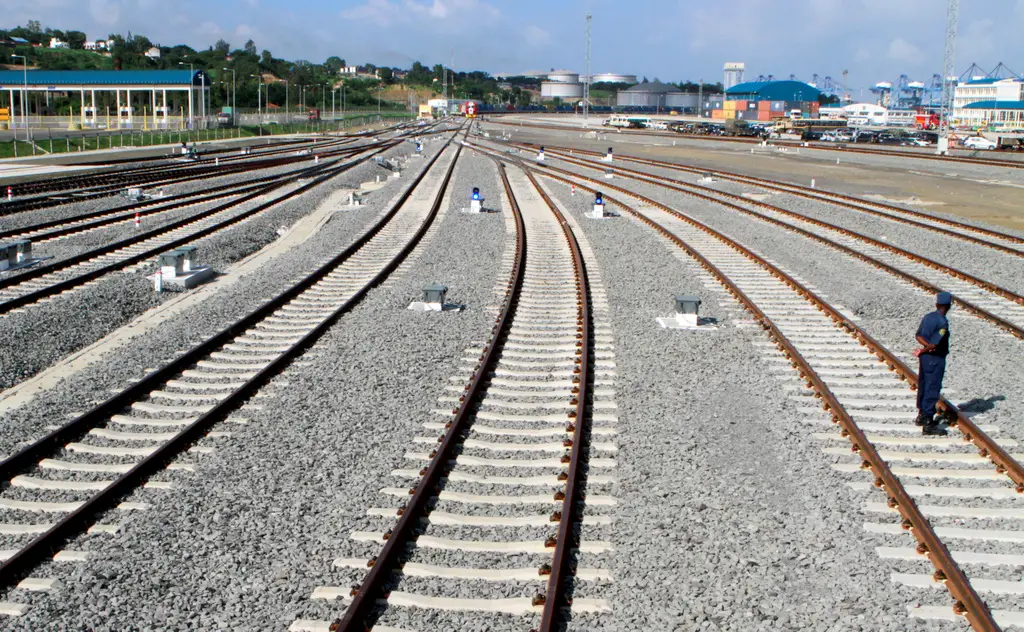More than €4 billion is set to be invested in Croatia’s rail infrastructure development in the course of the next ten years. The Agency for the Safety of Railway Transport, the Agency for the Investigation of Air, Maritime, and Railway Transport Accidents, and the Croatian Regulatory Agency for Network Activities (Hakom) held a conference in Zagreb, where the plans were unveiled.
Alen Gospoi, state secretary at the Ministry of Sea, Transport, and Infrastructure, claims that 25 significant infrastructure projects are now being carried out. Sixteen of them are co-financed with financing from the European Union (EU).
Croatia’s rail infrastructure renovation program
In 2024, a program for extensive local and regional railroad renovation and building will begin. Additionally, discussions with international financial institutions are still going on. This will assist in restoring 800 to 1000 kilometers of local and regional lines in the following ten years.
By the middle of 2025, the passenger fleet will have undergone modernization. The modernization will help add around 70 new trains. By 2032, Gospočić estimates that 120 and 130-passenger trains should receive a comprehensive overhaul.
Read Also: Plans in for a 15-storey women-only tower block in West London
Gospočić said in a statement about freight operator HŽ Cargo that the business is now stable and restructured. It is thus looking for a strategic partner for long-term stability. The minister added that by 2033, the government hopes to raise rail freight traffic from its current level of 16 million tonnes to more than 25 million tonnes.
Expectations for the program
As of 2023, around 17.5% of Croatia’s whole rail network allows for speeds above 100 km/h. Almost 50% allows for a top speed of 80 km/h, and the remainder allows for speeds of between 80 and 100 km/h.
Speeds on the entire network will increase. This will be after the modernization of a few major rail corridors and a few crucial regional corridors. The modernization will allow for speeds of over 100 km/h and the remaining 1200 km for speeds between a minimum of 70 km/h and up to 100 km/h.
Thus, it will help to completely eliminate slow routes. The most optimistic period for a complete renovation of Croatia’s rail infrastructure might extend into several decades. However, the modernization of the rail infrastructure is a continuous process reliant on government and EU financing.

Leave a Reply